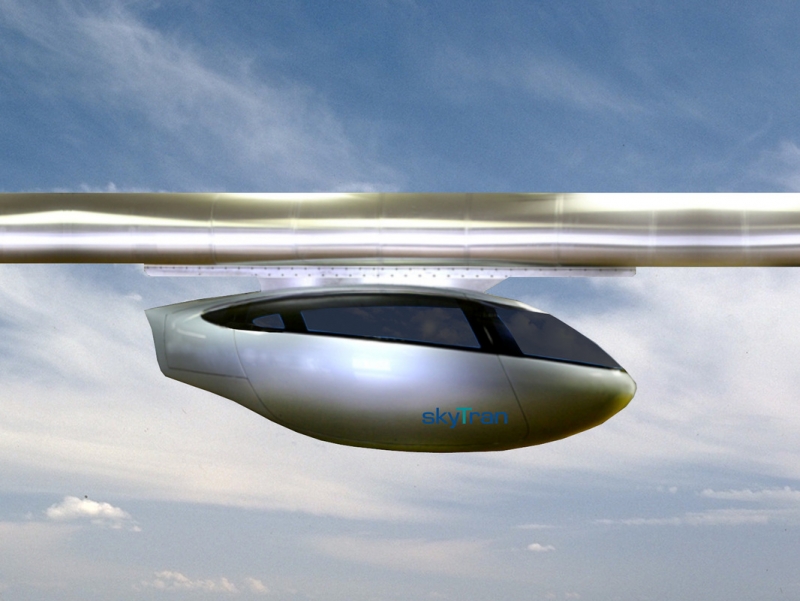

The Terrafugia Transition has earned the FAA’s approval and now needs to meet the NHTSA’s requirements.Considering it’s the year 2020 and we have everything from electric cars to global pandemics, it’s interesting to think that flying cars aren’t more prevalent. The FAA is one of the government agencies charged with approving these new vehicles. In addition, the FAA licenses space launch facilities to private companies like SpaceX through its Office of Commercial Space Transportation (AST).įlying cars could help reduce commute times, decrease reliance on roads, and increase access to remote locations. It shares aeronautical data and negotiates bilateral airworthiness agreements with other countries. The FAA also certifies foreign aircraft repair facilities and their mechanics. It’s in charge of registering aircraft, developing aircraft safety standards, creating air traffic rules, overseeing air traffic control, and investigating accidents. “FAA” is short for “ Federal Aviation Administration.” This agency regulates aviation in the United States. The Transition comes standard with “a Dynon Skyview avionics package, a BRS airframe parachute, four-wheel hydraulic disc brakes, airbags, a rigid carbon-fiber safety cage that meets automotive standards.” The interior boasts luxury finishes with leather seats, and its shifter includes Park, Drive, and Fly selections. The car version will pack a hybrid-electric motor. It runs on premium gasoline or 100LL airplane fuel. The flying car has a 100-hp Rotax 912iS Sport fuel-injected engine, according to Terrafugia. It has a range of about 400 miles and a flight speed of about 100 mph. It resembles an airplane more than a car and still needs a runway for takeoff. People who want to drive and fly the Transition will need a valid sport pilot certificate and driver’s license.Īlthough the Terrafugia Transition has a 27-foot wingspan, those wings fold up so the flying car can fit into a single-car garage. The flying car will need to meet both the FAA’s and the National Highway and Traffic Safety Administration’s safety regulations. The Transition is already available as a plane, but there won’t be a street-legal version until 2022. In addition to building the car, the company also developed 150 technical documents for the FAA assessment. “This is a major accomplishment that builds momentum in executing our mission to deliver the world’s first practical flying car,” Kevin Colburn, general manager of Terrafugia, said. Terrafugia described receiving the certificate as a “significant milestone,” according to the Robb Report. The FAA awarded the two-seater a Special Light-Sport Aircraft airworthiness certificate.

The car in question is the Transition “roadable aircraft.” Its maker, Terrafugia, is located in Massachusetts and owned by the Chinese corporation Geely, which also owns Volvo and Lotus.

The Terrafugia Transition: the 1st flying car cleared for takeoff by the FAAĮarlier this year, the FAA approved the first flying car, Robb Report reported. In addition, flying cars must meet road and safety standards to be street-legal.
#First hover car software
These roadable aircraft ideally have airplane and helicopter capabilities, along with software to make them easy for regular people to use. It sounds like it should be easy to identify what a flying car is, but how is it different from a regular airplane, which does do some driving on the ground? According to Udacity, a flying car can be defined as “a hybrid vehicle that combines fixed-wing and rotary-wing aircraft capabilities.” How does a flying car work? A flying car at Auto Shanghai 2021 | VCG/VCG via Getty Images Here’s a look at the Terrafugia Transition. And now, the FAA has cleared the first flying car for takeoff in the United States, joining airplanes in the friendly skies.

Though they’ve appeared in sci-fi for decades, they exist in real life too. Flying cars have long been the stuff of fiction, from The Jetsons to Blade Runner to Back to the Future.


 0 kommentar(er)
0 kommentar(er)
